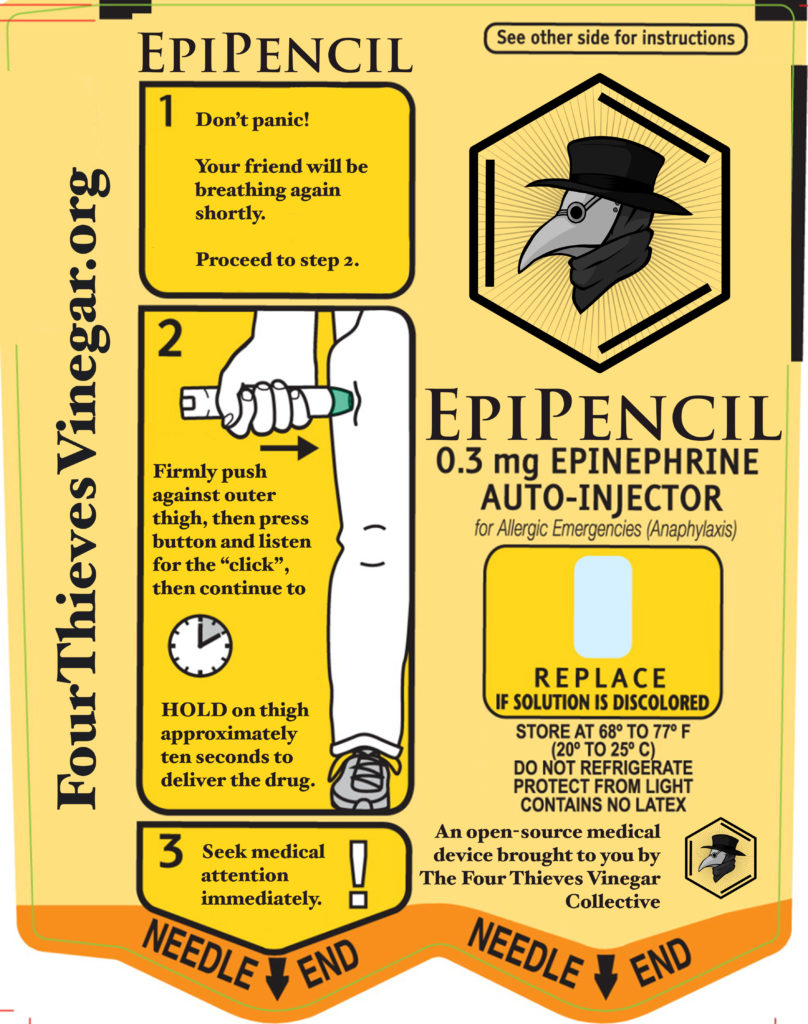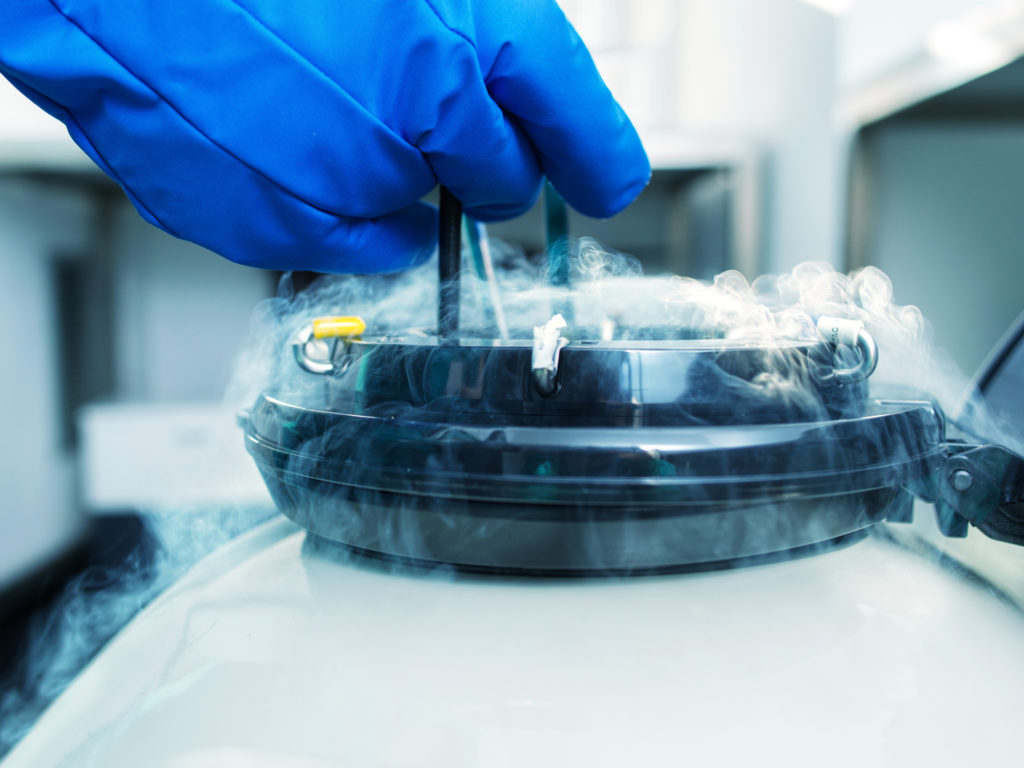DIY Medicine; One Man’s Crusade Against Big Pharma

The public outrage that ensued over the hyperinflation of a cancer drug, villainized Martin Shkreli and made him the poster child of everything that is wrong with Big Pharma. And while the “pharma bro” is now in jail for his unashamed price gouging, amongst other things, the overarching problem of the exorbitant cost of these drugs hasn’t really been addressed. Since the issue is not going to be solved through government any time soon, it has led the terminally-ill and those with an anarchist sentiment to start creating DIY medicine. Could this really be a viable solution?
DIY Medications
Open-source technology is an amazing thing, and it has allowed anyone with a good idea the ability to create solutions to our daily problems without having to jump through the hurdles of patents and legal technicalities. But now the concept of open-source is being taken a step further, by creating a platform for DIY drugs to combat inflation on a product that has life or death consequences.
Michael Laufer, a P.hD. mathematics professor-turned-pharmahacker, has started to combat the ever-increasing cost of pharmaceuticals by making them himself and uploading instructions for others to do so online. Laufer’s first success was the EpiPencil, a homemade EpiPen that can be made for as little as $30. EpiPens, which now exceed $600 for a two-pack, have sky-rocketed, nearly tripling over the past few years. Meanwhile, the price of one dose of epinephrine will run you about a dollar.
Providing not only instructions on how to acquire the necessary ingredients and synthesize the drug, Laufer also includes a label with the name and logo of his bio-hacktivist website, Four Thieves Vinegar.
Laufer has also uploaded the instructions for an “apothecary microlab” and an outline for synthesizing Daraprim, the cancer drug that made Shkreli infamous. In the near future, he also plans to upload directions for followers to make an HIV preventative, a Hepatitis-C treatment, and a drug combination used for abortions. Though the latter isn’t necessarily a drug needed for life-or-death illness, that is Laufer’s defense when he is criticized for promoting potentially dangerous DIY treatments; there are many desperate people who, faced with a life-or-death decision and unable to afford their prescriptions, are willing to try anything, including manufacturing medicine themselves.

Though Laufer has come under heavy criticism for advocating this kind of behavior, he has yet to face any serious consequences or lawsuits. The FDA has warned against the use of homebrew medications in response to his popularity, but it hasn’t banned it. Though the FDA does bring up some good points as to why the idea is pretty sketchy: home synthesis is easily contaminated, you could synthesize a sub-potent or super-potent drug, and you could be creating or buying counterfeit substances.
The impetus for starting this whole project came when Laufer was working in El Salvador on a human rights mission, noticing that a local clinic was running out of basic medication, like birth control. In an area where gang violence and illegal meth labs were prevalent, he thought that there should be a way for locals to synthesize legal drugs on their own, saying that it wasn’t that much different from cooking methamphetamine. This led him to start 4 Thieves Vinegar and change his career path to one that now involves medicine.
DIY Prescriptions May Someday Be Common
Aside from the arbitrarily high inflation that pharmaceutical companies impose on drugs, benefitting only their shareholders, transportation and distribution are also lofty expenses. Cold chain distribution, the logistical transport of drugs that need to be kept frozen or cold, is an incredibly lucrative business and one that adds to the cost of already expensive medicine. It is an industry that is expected to be valued at almost $17 billion in the next two years.
So, wouldn’t it make sense to skip that step and cut down on the price of these heat sensitive medicines if possible? Well, that’s exactly what Wyss Industries is proposing with its portable biomolecule manufacturing. After having some success with this technology, originally created for getting vaccines to remote villages lacking access to electricity and infrastructure, the company has considered it as a solution to combat the rising price of medicine in the first world.

Basically, the technology allows the essential components of a medication to be freeze-dried into tiny pellets that can be activated simply by adding water. These pellets can store for up to a year without the refrigeration normally needed. It also reduces the risk of messing up some critical step in synthesizing DIY drugs, when all you need is to add a carefully measured amount of water.
Homebrew Medications as a Cancer Moonshot
In Norway, a man suffering from a rare form of cancer had very few options left, with none of his medications working and a lack of resources to access treatment from specialists. He and his wife heard about a very particular experimental treatment that succeeded in China on someone suffering from the exact same type of cancer he had. The treatment was simple and cheap, but it was tailored specifically to this patient and wasn’t guaranteed to work on just anybody.
Unable to get a specialist to make the drug for him, his wife ordered the ingredients and had a lab synthesize a peptide component in the drug. When she had all $1000 worth of the ingredients, she paid for the use of a lab and made the drug herself. Though it wasn’t necessarily easy, she said it wasn’t rocket science and relatively cheap, compared to what it would cost otherwise. She has been giving him the drug in addition to his normal treatment, and his symptoms seem to have leveled off.
Though they can’t tell for sure whether the drug is having a significant impact yet, there are many risks with these treatments. But the argument for their use is the alternative of death. When nothing is working and death is imminent, most people are willing to try anything.
Do you think DIY medications are a good idea or does the danger outweigh the potential benefit?
Scientists Just Inserted a Human Intelligence Gene Into Monkeys

A team of Chinese scientists recently inserted copies of a human gene believed to be associated with intelligence, into the brains of rhesus monkeys in an attempt to narrow the intellectual evolutionary gap. And according to their results, monkeys who were introduced to MCPH1 showed “remarkable” improvements in short-term memory.
The experiment sparked similar ethical concerns as when a Chinese scientist modified the genes of a human baby late last year, using CRISPR technology to give it HIV immunity.
But despite the dreadful image of an ape with near-human sentience, à la Cornelius from Planet of the Apes, the study arouses some interesting relevance to the ancient astronaut theory that humans may have been seeded by an advanced species from elsewhere in the cosmos.




































